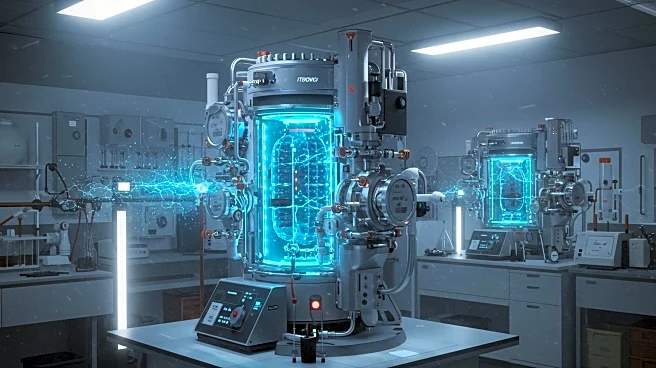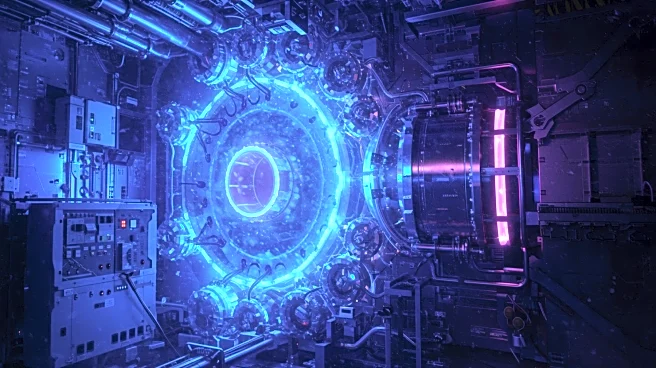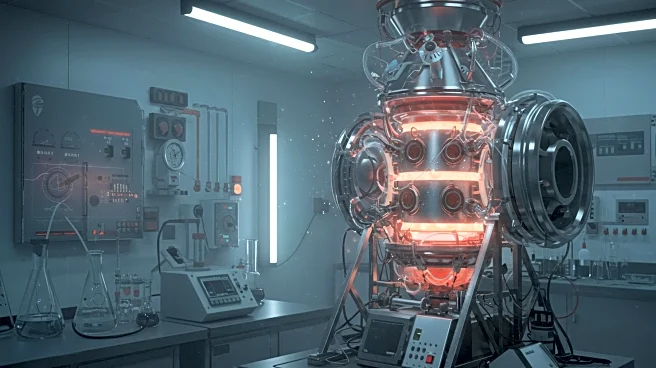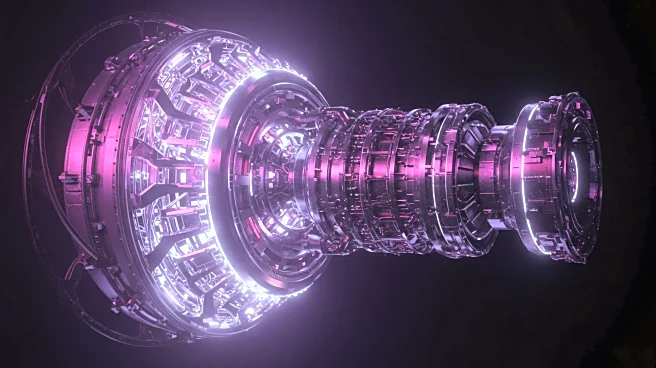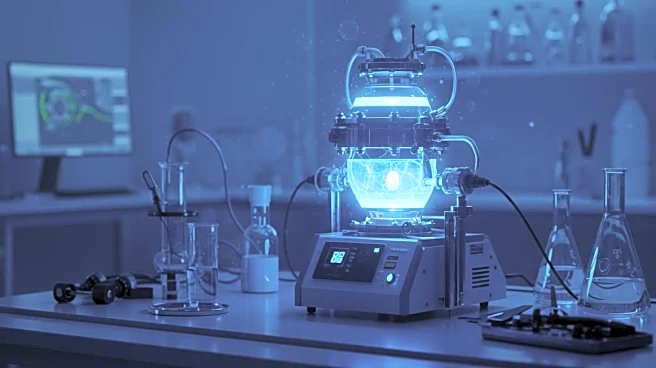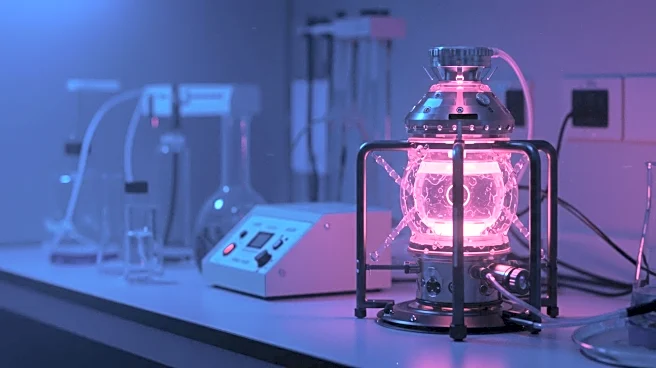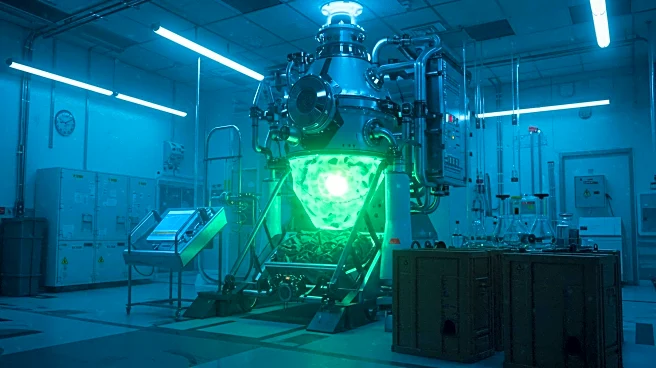Rapid Read • 7 min read
Researchers at the University of British Columbia have demonstrated that electrochemically loading a solid metal target with deuterium fuel can enhance nuclear fusion rates using a room-temperature reactor. The Thunderbird Reactor, a bench-top-sized particle accelerator, uses a combination of plasma immersion ion implantation and electrochemical loading to increase deuterium-deuterium fusion rates by 15%. This approach aims to make fusion science more accessible and reproducible, inviting further exploration and refinement by the scientific community.
AD
The research offers a new method to advance nuclear fusion technology, which is considered a clean energy source. By demonstrating a reproducible increase in fusion rates, the study could pave the way for more accessible fusion experiments outside large national labs. The interdisciplinary approach may also lead to applications in other fields, such as superconducting metals and medical research. The breakthrough could contribute to the long-term goal of achieving energy-efficient nuclear fusion.
The research invites further exploration and refinement by the scientific community, potentially leading to more widespread investigation of low-energy fusion using bench-top reactors. The team hopes to continue developing the technology to make fusion science more accessible and scalable, encouraging collaboration across different scientific fields.
The research challenges long-standing skepticism about electrochemical approaches to nuclear fusion, which were dismissed decades ago. By providing experimental validation, the study opens new avenues for interdisciplinary research and innovation in fusion science.
AD
More Stories You Might Enjoy
